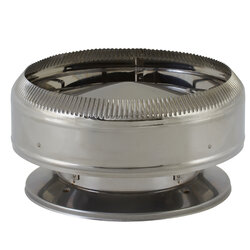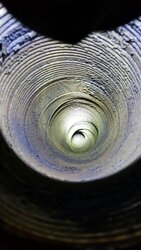Woody Stover
Minister of Fire
That's a Princess, correct? If you get a steel cat (make sure it's a DuraFoil, which I think is what BK supplies,) it may not need interam gasket. I got a DuraFoil from Woodstock for my SIL's Fireview, no interam gasket needed but the can had ears with which you bolt the cat down to seal against the "cat-hole gasket." Bottom line, you need some way to force all the smoke through the cat once the bypass is closed. In the manual, they show the BK cat wrapped with interam and shoved into the housing, so I'm guessing it is needed to seal it.Read through a few posts regarding the Condar gasket vs no gasket issue. BK still recommends a gasket so that's the way I will go. But I do have a few questions about this. Condar website states that if the cat is not canned then use a gasket, no gasket if canned.
1. Once expanded does the gasket re-shrink or stay expanded?
2. Do you think that their reasoning for no gasket is because there is already one between the can and the cat? The can looks to be made to expand but I'm not sure that's possible after it's been expanded once. Curious if anyone has checked if the cat is tight once the stove is hot.
My cat is loose so I'm going to get a gasket. I'm just trying to understand the disparity between BK and Condar since they are the major suppliers of cats for the stoves
Last edited:



 Lemme guess....this guy is not a CSIA-certified sweep, is he?
Lemme guess....this guy is not a CSIA-certified sweep, is he?

